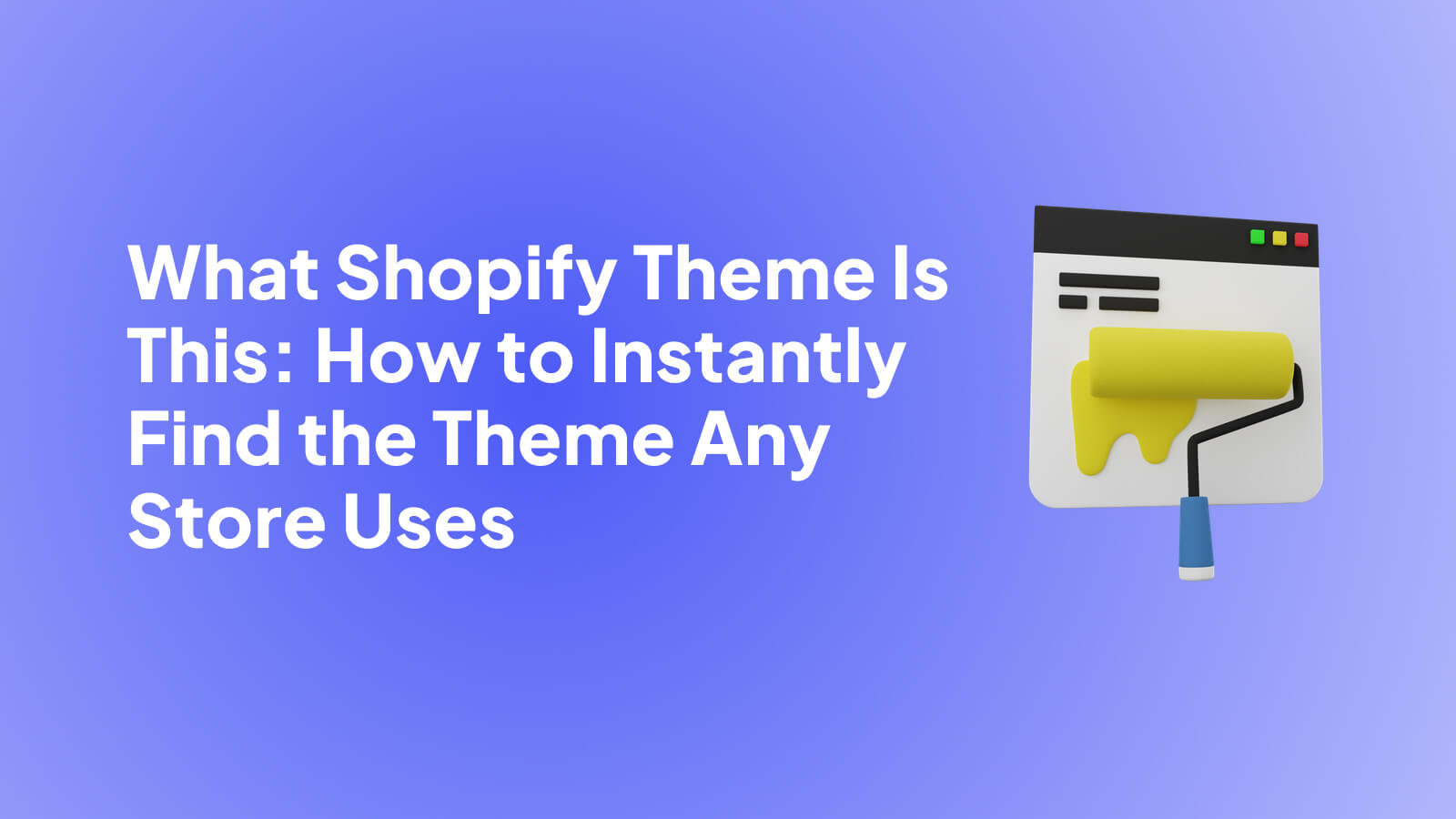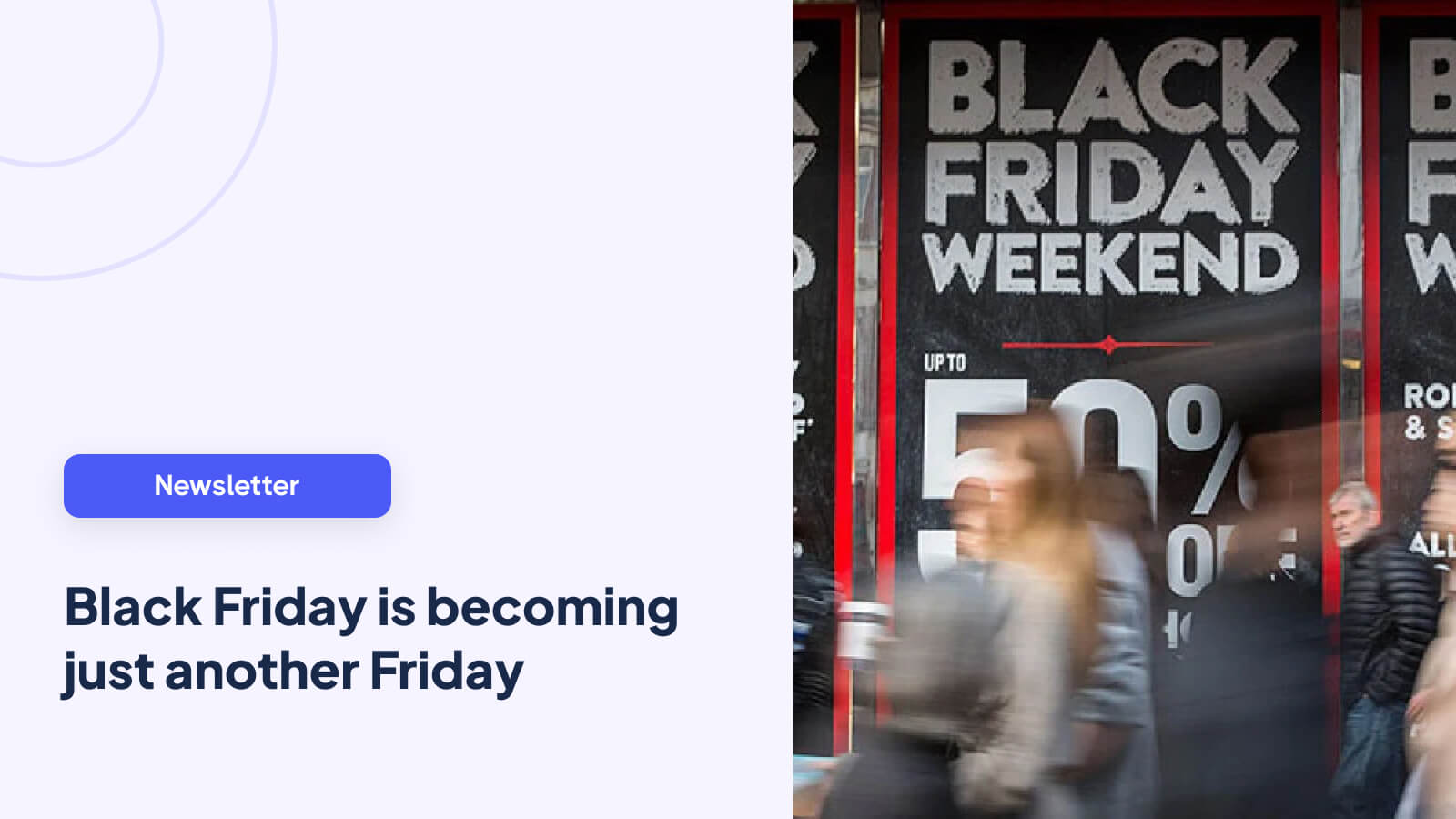%20(1).jpg)
For anyone interested in marketing tech, the last couple of years have been an exciting time to be alive.
AI has gone from being a futuristic gimmick to a staple of ecommerce marketing, changing the rules on how brands reach shoppers online, convert them into customers, and keep them coming back.
Here, we explore the marketing impact of artificial intelligence in ecommerce, and how these use cases can start to move the needle for your store.
Personalization at Scale with AI
Shoppers expect relevance from the brands they buy from. According to McKinsey, “71 percent of consumers expected companies to deliver personalized interactions”, and an even higher share reports frustration when brands fail to deliver.
When executed correctly, personalized content and targeted promotions can bring a significant boost to your sales and engagement, forming stronger relationships with customers who feel seen for greater long-term value.
In the past, personalized suggestions, tailored email copy, and dynamic offers all required a huge investment of time for proper analysis and testing. With properly-deployed AI tools, however, you can produce personalised copy and imagery for micro-segments in a way that’s both affordable and fast.
For the best results, focus on personalizing a single touchpoint. For example, email content or on-site highlighted offers, measure lift, and gradually scale it across other elements using lessons learned.
Better Recommendation Engines
A finely-tuned recommendation engine is one of the highest-ROI features in ecommerce marketing, with some 35% of all Amazon revenue generated by its recommendation algorithm.
Algorithmic recommendations are nothing new; AI has changed its scope by offering real-time recommendations that can react to the customer’s activity on the fly, showing relevant products or content at the exact moment people are likely to be interested. This leads to a level of hyper-personalization that can’t be realized with older technologies, which is capable of evolving along with a customer’s changing preferences.
Even modest improvements in how your site matches recommendations to shoppers can greatly improve add-to-cart rates and average order value, quickly recouping your investment in new AI technologies.
Remember that with each product detail page (PDP) view, add-to-cart, and checkout, AI will track results and feed them back into its recommendation model, helping overall results to improve over time.
Generative AI - Faster Content That Still Converts
Marketers across different disciplines are rapidly adopting tools for copy and creative.
Since the launch of ChatGPT and rival tools, including Perplexity Comet, Gemini and Copilot, capable of creating written content, many marketers have been integrating it into their campaigns, and figuring out where it does and doesn’t deliver.
AI is still evolving at a rapid speed; the current consensus is that relying too heavily on this tech is a mistake. Various studies have shown that human-written content outperforms AI both in terms of SEO and on-site engagement, with one survey by Bynder reported that more than half of consumers feel less engaged when reading content they suspect was written by AI.
Although the lack of a human touch limits the long-term effectiveness of gen AI content, having some content is better than none at all when you need to scale quickly.
For brands looking to improve visibility in AI-driven search but unsure where to begin, partnering with experienced GEO agencies that specialize in optimizing for AI and LLMs, or large language models, is often the recommended first step.
Conversational Commerce and AI Assistants
Chatbots have been a part of ecommerce for a long time now. However, the recent rise of LLMs that can better understand and adapt to customer queries has significantly raised the standards shoppers expect from virtual assistants, and are one of the most visible examples of AI growth in ecommerce.
In the 2024 shopping season, data from Salesforce showed that AI-powered chatbots have grown to become a much more significant part of the online shopping experience, helping to grow US brands’ sales by 4% year-over-year.
AI-powered chatbots greatly reduce response times, handle routine queries like shipment tracking and returns, and can help guide customers towards the kind of product they’re looking for, helping reduce both cart abandonment and support costs.
To get maximum value from your AI chatbot, it’s best practice to start with a model that handles your top-10 most common support issues, then directs more complex questions to human support agents.
As your chatbot works to resolve queries, keep a close eye on containment rate (how often a chatbot resolves queries itself vs escalates to a human) and the impact on conversion from chatbot-assisted site sessions.
Predictive Analysis for Pricing, Inventory, and Minimising Churn
Many of the most common uses for AI in ecommerce are focused on direct interactions with the customer. However, AI can also be exceptionally helpful when applied to the background processes that make your whole business tick, and create the foundation for a positive customer experience.
AI models can be deployed to predict product demand and optimize pricing in real time, while highlighting customers at risk of churn. With smarter and faster inventory forecasting, you can reduce the incidence of both stockouts and overstock, while dynamic pricing can help protect your margins from the potentially negative impacts of demand swings.
Overall, this will result in a store where the shopping experience is smooth and predictable, encouraging reduced churn, a closer relationship between you and your audience, and stronger margins in the long-term.
Scaling Shoppable Media
Shoppable visuals and social commerce have been gaining traction across countless retail niches and are proving to be particularly effective for DTC and Shopify merchants.
Embedding shoppable videos on product pages can help shorten your customers’ purchase path and provide a more engaging and dynamic form of lifestyle content that helps your audience visualise how your products will integrate with their needs.
Shoppable video services in the past have demanded high price points for bespoke services. However, AI has allowed forward-thinking models like Moast to democratise this tech, allowing brands to generate engaging shoppable media from their own content quickly and cheaply.
Interactive content that inspires shoppers and immediately converts has been shown to reduce friction and increase the rate of impulse buys. Turn a few of your highest-performing social clips into shoppable media, and you’re sure to see a positive impact on conversion and time-to-purchase.
Measurement and Attribution for Omnichannel Ecommerce
As the shopper journey has been fragmented across different touchpoints, attribution has become more and more challenging.
With an increasing number of people using AI assistants to support their shopping journey, it’s essential to meet an omnichannel journey with careful measurement and experimentation design.
If you’re not measuring activity on your site correctly, you could wind up misattributing marketing wins or misallocating spend, in turn driving your site towards a marketing strategy that limits its potential for success.
By investing in effective multi-touch measurement and holdout experiments, while testing different attribution models for accuracy, you’ll be able to build a much more accurate picture of your ecommerce marketing compared to simple last-click methods.
Integrating AI the Right Way
AI for ecommerce marketing isn’t a magic bullet, but it is a stack of different capabilities that, when combined with continuous testing and old-fashioned marketing savvy, can help you build a more personalized shopping experience, control costs, and move more products.
Hopefully, this post has given you a more complete view of how artificial intelligence is changing ecommerce and the ways you can integrate the technology into your store.
For more support, check out some of our other useful blog posts, or try Moast for free to experience how AI can enhance your ecommerce store.
Related content
Turn your videos into sales
Boost conversions by up to 30% by turning your existing TikToks and Reels into shoppable videos directly on your Shopify store.












